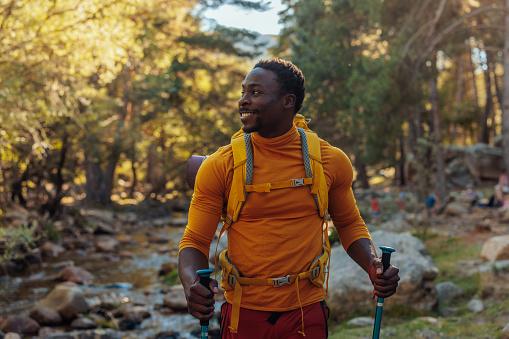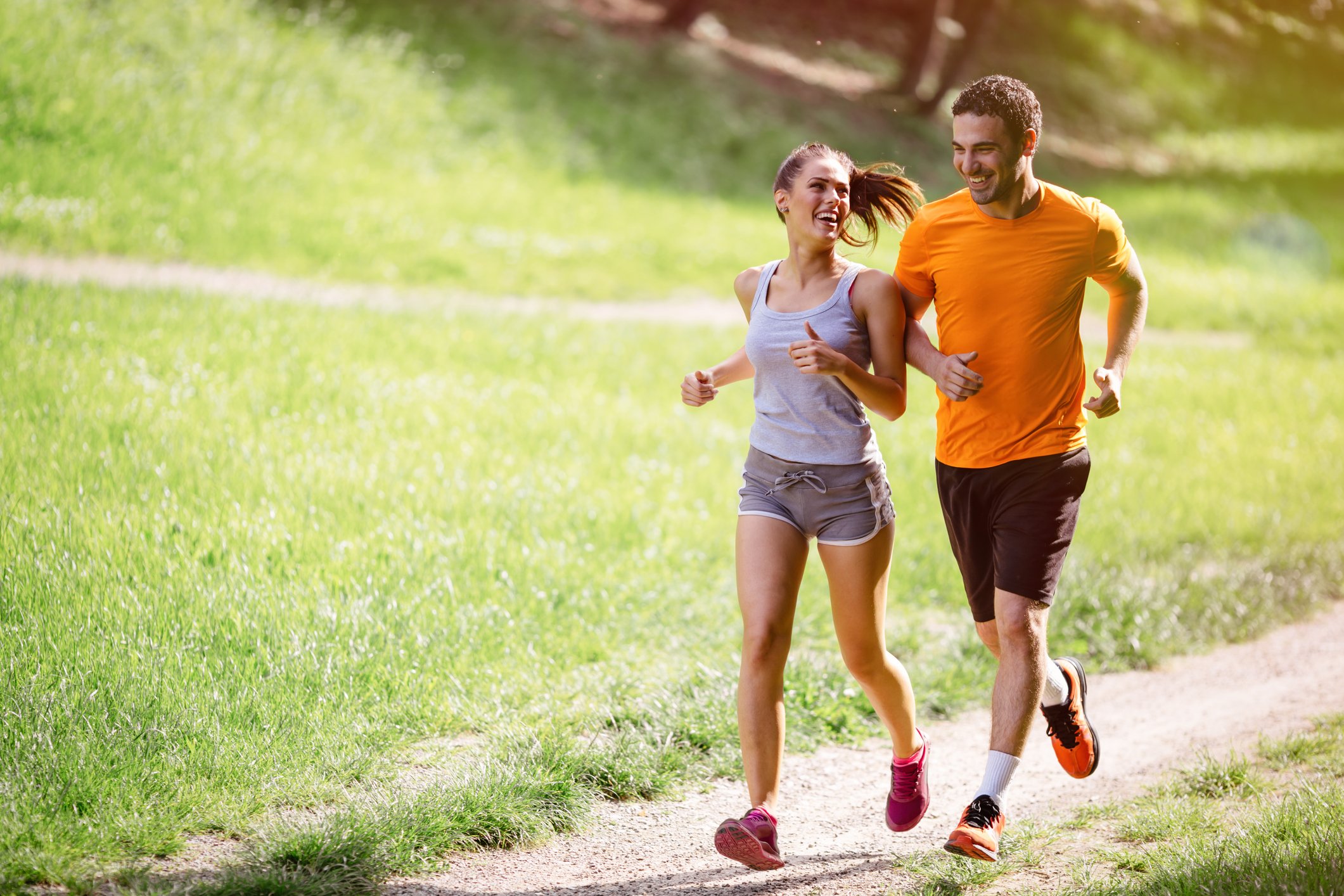This text was written by a TecMundo columnist; finally learn more.
How bad are anxiety attacks. Great distress and somatic symptoms that look like torture and sometimes we don’t even know why. But the truth is that it is a common disease that is becoming increasingly common. In addition to traditional treatments such as psychotherapy and medication, we also do physical exercise. To understand What happens in the brain when we exercise, how does exercise produce anxiolytic effects?.
Despite the links between exercise and anxiety, more active people have a lower risk of developing anxiety, about 27%, so little is known about the mechanisms behind their interactions. Exercise triggers numerous adaptive changes in the body and brain., which makes it difficult to know which mechanisms have an anxiolytic effect. But let’s get to what we’ve understood so far.
We start with the simplest. Psychosocial factors. The first of these is simple distraction. Exercise distracts you from ruminative thoughts. Rumination comes from ruminant animals that re-chew the food returned from the stomach, that is, from a long repetitive series of negative thoughts. When we’re worried, we think too much, don’t we? An exercise session breaks that down and helps your mood..
In addition to the opportunity to socialize, exercise can increase self-esteem and a sense of competence, which can contribute to alleviating symptoms of anxiety. Social interaction can improve psychological well-being, as it is pleasure derived from being with other people.
Another important role of exercise is to reduce anxiety sensitivity by exposure to the physiological symptoms of anxiety during a workout: increased heart rate, sweating, panting, but without the negative thoughts of an anxiety attack. It’s like a simulation to desensitize you to anxiety. Exercise shows that these symptoms are uncomfortable but bearable and pass.
Self-efficacy, pleasure, choice, and sense of belonging also play an important role in the psychosocial mechanisms of anxiety exercise. Translation: You feel capable, you can feel pleasure, you feel like the hero of your life, and you feel like you belong to a group like a 6 am CrossFit class.
Neurobiologically, there are a number of complicating factors that have been demonstrated in animal research and an increasing number of human clinical trials.. Chemical reactions in the brain contribute to the anti-anxiety effect of exercise.Through BNDF (brain-derived neurotrophic factor), serotonin, dopamine release, reduction of inflammatory cytokines and cortisol, and alteration of structural pathways in the brain, for example the hippocampus and prefrontal cortex.
BNDF is notable for acting as a fertilizer in the brain, helping to stimulate activity in the brain in the short and long term, especially by increasing the connections (synapses) between key areas of the brain and the growth of new nerve cells. A neuroregeneration marker that shows that moving can help with this process. The effect on the balance between inflammatory/anti-inflammatory markers and oxidative/antioxidant markers is also a role of physical activity.
Serotonin affects mood and dopamine is a reward neurotransmitter and provides a sense of accomplishment. Endorphins promote well-being, but they are molecules that have difficulty crossing the blood-brain barrier alone unless combined with other molecules. What endocannabinoids do.
Endocannabinoids are neurotransmitters that bind to cannabinoid receptors in the brain and cause effects similar to the active ingredient of marijuana, hence the name characterizes symptoms such as relaxation, stress reduction and pain relief. All this without side effects.
Another important physiological response to exercise is in our central physiological stress response system – the hypothalamic-pituitary-adrenal (HPA) axis and the autonomic nervous system (sympathetic and parasympathetic). The sympathetic nervous system of anxious people is on high alert..
Regular aerobic exercise is associated with lower HPA axis activation and less reactivity of the sympathetic nervous system as well as the cerebral tonsils, which can lead to an aroused, heightened state of alertness or attention, anxiety and fear. In studies conducted in Germany, it was found that a 60-minute walk in nature reduces the activation of the tonsils, but not in the urban environment.

There is no consensus on the ideal frequency, intensity, type, and duration of exercise to treat anxiety. However One thing has been advised when it comes to mental health: any exercise is better than no exercise at all. First of all, it is important to choose a modality that you like in a pleasant environment.
Recent research has shown the advantages of the natural environment for certain mental health disorders, including anxiety. Contact with nature, combined with the benefits of exercise, can breathe new life into you and relieve you of brutal anxieties like hiking or trail running.
physical exercise It is a powerful natural anti-anxiety medicine with a very low risk of side effects and a high potential to change your life for the better.r moves from the simple distraction of bad thoughts to structural transformations in the brain.
****
fabio dominski He holds a PhD in Human Movement Sciences and a degree in Physical Education from Santa Catarina State University (UDESC). He is a university professor and researcher at the Sport and Exercise Psychology Laboratory (LAPE/CEFID/UDESC). He is the author of Physical Exercise and Science – Facts and Myths and presents the Physical Exercise and Science program on UDESC Joinvile radio (91.9 FM); The program is also available at: podcast on Spotify.
Source: Tec Mundo
I’m Blaine Morgan, an experienced journalist and writer with over 8 years of experience in the tech industry. My expertise lies in writing about technology news and trends, covering everything from cutting-edge gadgets to emerging software developments. I’ve written for several leading publications including Gadget Onus where I am an author.












